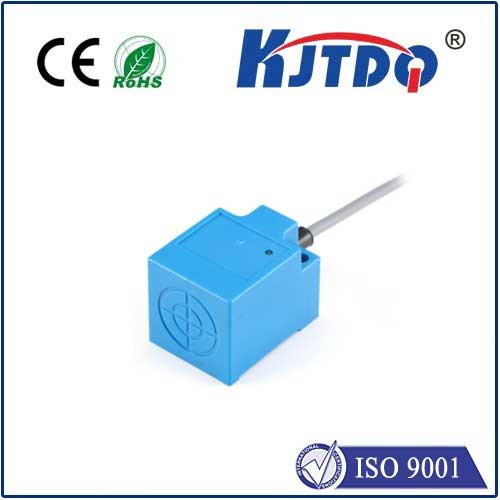

BIM-UNR-AP6X-0.3-PSG3: Revolutionizing Building Design with Advanced Technology
In the rapidly evolving world of architectural and engineering design, the integration of advanced technology has become essential for creating efficient, sustainable, and innovative structures. One such innovation that is reshaping the industry is the BIM-UNR-AP6X-0.3-PSG3, a cutting-edge building information modeling (BIM) system designed for precision and performance. This article explores the key features, benefits, and applications of this system, highlighting how it is transforming the way buildings are designed and constructed.
The BIM-UNR-AP6X-0.3-PSG3 is a specialized BIM model tailored for use in residential and commercial construction projects. It is built on the foundation of the BIM standard, ensuring compatibility with various software and platforms. The model incorporates detailed 3D modeling, real-time data integration, and advanced simulation capabilities, allowing engineers and architects to visualize and analyze building designs with unprecedented accuracy.

One of the most significant advantages of this system is its ability to streamline the design process. Traditional design methods often involve multiple stages of coordination between different disciplines, which can lead to inefficiencies and errors. The BIM-UNR-AP6X-0.3-PSG3 eliminates these challenges by providing a unified platform where all design elements—such as structural, mechanical, and electrical systems—can be integrated seamlessly. This not only reduces the risk of design conflicts but also enhances collaboration among stakeholders, ensuring that the final design meets all project requirements.
The system also supports advanced simulation and analysis features, which are crucial for optimizing building performance. By incorporating energy efficiency, thermal performance, and structural integrity data, the BIM-UNR-AP6X-0.3-PSG3 enables designers to create buildings that are not only visually appealing but also environmentally sustainable. This is particularly important in today’s market, where energy consumption and carbon footprint are major concerns.
Another key feature of the system is its adaptability to different project scales and complexities. Whether it’s a small residential unit or a large commercial complex, the BIM-UNR-AP6X-0.3-PSG3 provides a scalable solution that can be customized to meet the specific needs of each project. This flexibility ensures that the system remains relevant across a wide range of applications, from initial design to construction and maintenance.
In addition to its technical capabilities, the BIM-UNR-AP6X-0.3-PSG3 also offers a range of user-friendly tools that make it accessible to both experienced professionals and new entrants in the field. The intuitive interface and robust data management capabilities allow users to efficiently navigate the system, reducing the learning curve and increasing productivity.
The impact of this system extends beyond the design phase. Once a building is constructed, the BIM-UNR-AP6X-0.3-PSG3 continues to serve as a valuable asset in maintenance and operational phases. By maintaining a comprehensive record of building data, it enables facility managers to monitor performance, identify potential issues, and make informed decisions. This not only enhances the longevity of the building but also contributes to its overall efficiency and cost-effectiveness.
In conclusion, the BIM-UNR-AP6X-0.3-PSG3 represents a significant advancement in building information modeling, offering a powerful tool for architects, engineers, and construction professionals. Its integration of advanced technology, flexibility, and user-friendly design makes it an essential part of modern building practices. As the construction industry continues to evolve, the adoption of such innovative systems will play a crucial role in shaping the future of architectural design and construction.









